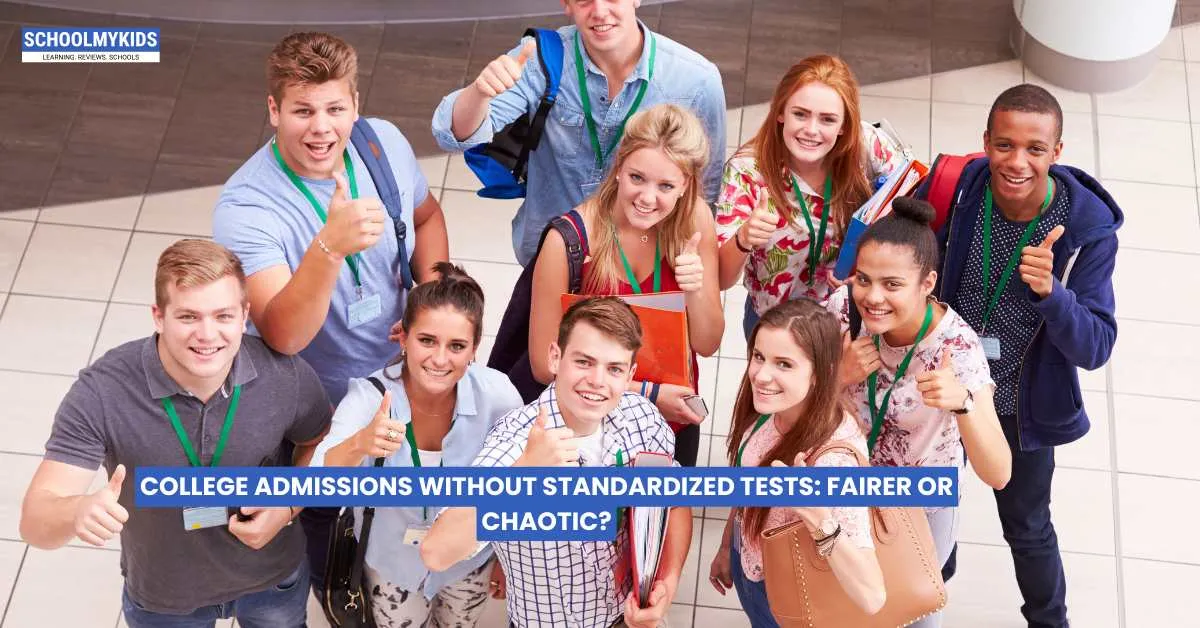The recent transformation in college admissions, particularly the widespread move to test-optional and test-blind policies, marks a defining moment in the pursuit of equity and diversity in higher education. By Fall 2025, over 80% of American four-year colleges and universities do not require applicants to submit ACT or SAT scores, including national universities, selective liberal arts colleges, and state flagships. This shift fundamentally reconfigures the admissions landscape, sparking passionate debate about whether abandoning standardized tests creates a fairer system—or a confusing, chaotic one.
The Equity Debate: Toward Fairer Admissions?
Historically, standardized tests were introduced as a way to level the playing field, bringing talented students from underprivileged backgrounds to the attention of elite institutions. Over time, however, critics have decried these exams as exacerbating inequalities, with wealthier students able to access expensive tutors and test preparation resources.
Arguments for Fairness
- Wider Access: Removing standardized tests is credited with broadening access for marginalized and disadvantaged students who may have strong grades, leadership experience, and personal resilience but struggle with test anxiety or have limited prep resources.
- Diversity Gains: Test-optional policies lead to more diverse applicant pools, with increases noted among first-generation students, minorities, and those from low-income households.
- Holistic Evaluation: Colleges can now emphasize GPA, coursework rigor, extracurriculars, essays, interviews, and recommendations—providing a fuller picture of a candidate beyond a single test score.
Recent studies of Common Application submissions confirm an accelerating trend: far more students now choose not to report test scores than those who do—enhancing opportunities for those who have not excelled on standardized exams.
The Chaos Debate: Transparency, Merit, and Comparable Standards
On the opposite side, critics argue that a test-optional regime may increase subjectivity and reduce transparency, creating new barriers just as old ones are lifted. Elite institutions like MIT and Harvard have reinstated testing requirements, contending that standardized scores remain the best predictor of college success and provide an objective yardstick across disparate school systems.
Arguments for Chaotic or Less Fair Systems
- Opaque Evaluation: Without standardized tests, admissions offices may depend more heavily on qualitative factors such as essays and recommendations, which can reflect applicants' access to resources rather than innate potential.
- Socioeconomic Disparities: Students from privileged backgrounds may leverage parental guidance, admissions consulting, and extracurricular opportunities in lieu of test scores—potentially reinforcing rather than diminishing inequity.
- Comparability: Tests offered a shared metric for evaluating students from different educational systems and geographic regions; without them, comparing applicants may be more difficult.
The New Normal: Test-Optional’s Impact
Despite high-profile exceptions at top schools, the test-optional movement is firmly established as the dominant norm in U.S. college admissions. Most colleges report more applications, greater diversity, and, crucially, academically strong entering classes.
The reality is nuanced: test-optional does not mean test-irrelevant. Students who submit strong test scores can still enhance their applications, and some institutions are moving towards “test-flexible” models, which allow alternative assessments, digital portfolios, or vocational tests to supplement academic records.
Conclusion
Dropping standardized tests has opened college doors wider for many qualified students, yet also created new complexity and ambiguity in the admissions process. The net effect is a more inclusive, holistic system—but not without challenges, including new demands for transparency, more thorough review processes, and vigilance against unintended biases. For students, families, and institutions, navigating this landscape requires care, adaptability, and a deep commitment to equity and integrity in education








Be the first one to comment on this story.